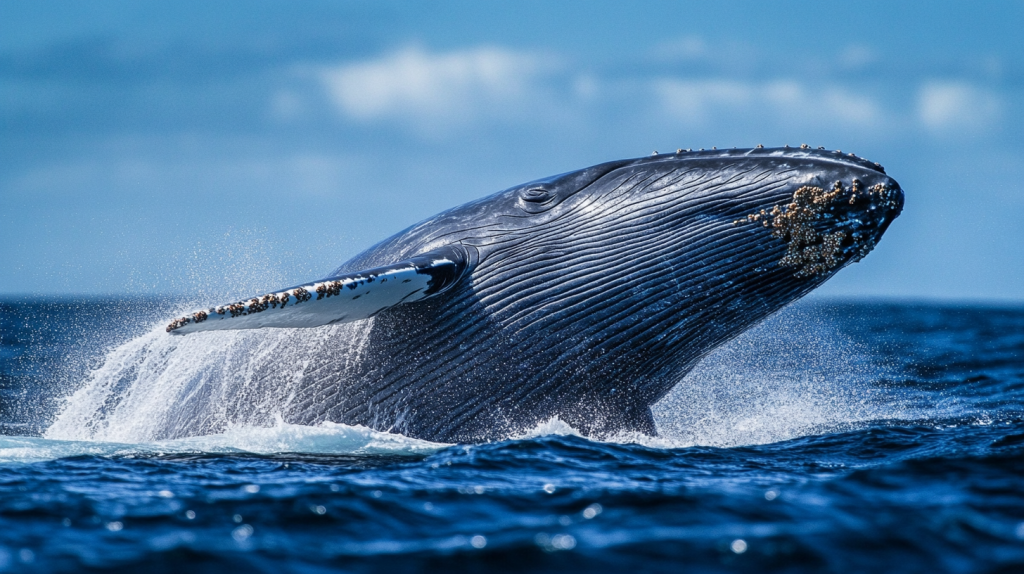Blue whales are the giants of our oceans, and, in my opinion, one of the most magnificent creatures. These magnificent creatures have roamed Earth’s waters for millions of years, yet we’re still uncovering new facts about them. From their incredible size to their unique behaviors, blue whales never cease to amaze me. As the largest animals to have ever lived on our planet, they hold many secrets beneath the waves. But the blue whale, like so many other marine inhabitants will soon be lost if we don’t stop harmful hunting practices and polluting our oceans with plastics and chemicals.
They’re Bigger Than Any Dinosaur

Blue whales are the largest animals ever known to have existed on Earth. They can grow up to 100 feet long and weigh as much as 200 tons. That’s longer than three school buses put end to end and heavier than 33 elephants! Even the largest known dinosaurs were smaller than the blue whale.
Their Hearts Are Enormous

A blue whale’s heart is about the size of a small car. It weighs around 400 pounds and is the largest heart in the animal kingdom. Each heartbeat can be heard from two miles away, but it only beats 4 to 8 times per minute when the whale is diving deep for food.
They Eat Tiny Food

Despite their massive size, blue whales feed on some of the smallest creatures in the ocean. Their main food source is krill, tiny shrimp-like animals that are only about 1-2 centimeters long. A blue whale can eat up to 6 tons of krill in a single day!
Their Tongues Weigh As Much As An Elephant

Blue whales have enormous tongues that can weigh as much as an adult elephant – around 5,400 pounds. This massive tongue helps them push water out of their mouths when feeding, trapping krill in their baleen plates.
They’re Louder Than A Jet Engine
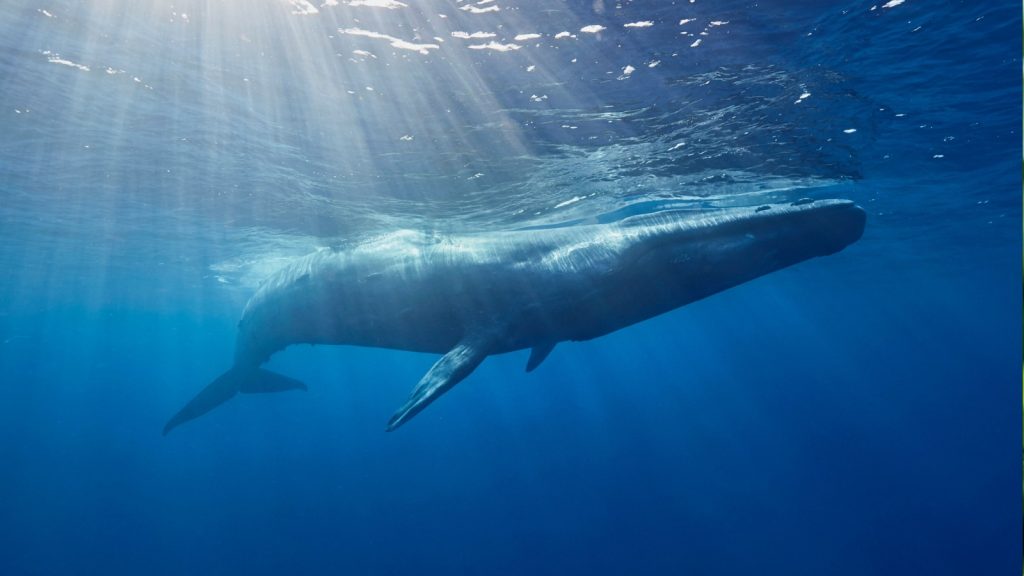
Blue whales are the loudest animals on Earth. Their vocalizations can reach 188 decibels, louder than a jet engine which reaches about 140 decibels. These low-frequency sounds can travel for hundreds of miles underwater, allowing whales to communicate over vast distances.
They’re Mostly Blue-Gray, Not Blue
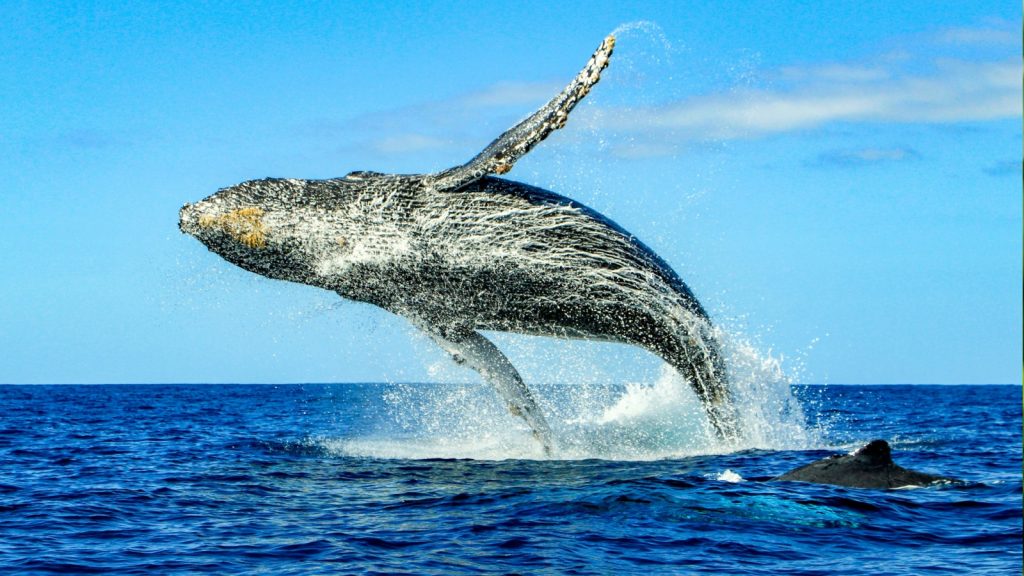
Despite their name, blue whales aren’t actually bright blue. They’re more of a mottled blue-gray color, often with lighter spots. Their undersides can appear yellowish due to millions of microorganisms that live on their skin.
They Have Huge Babies
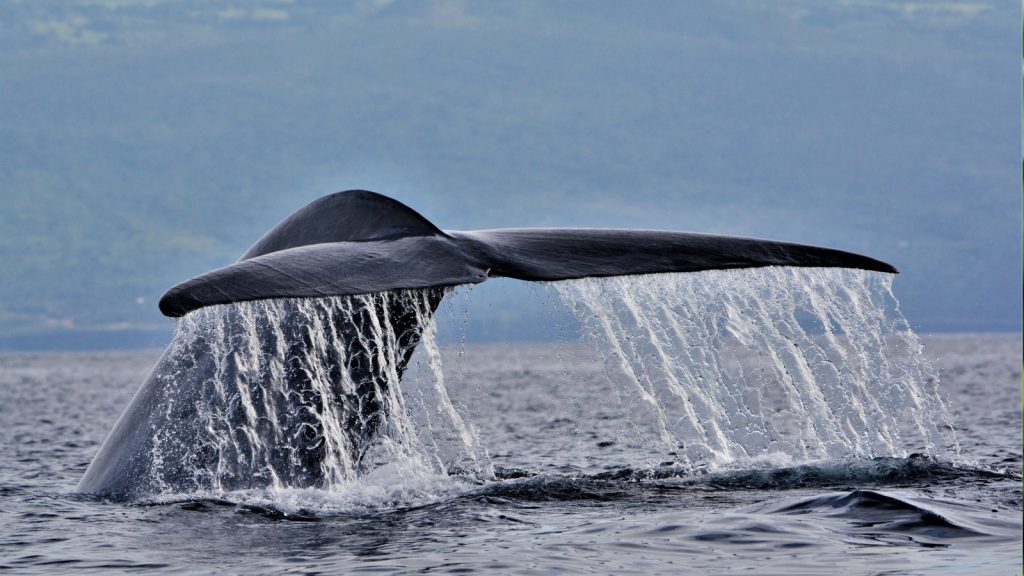
A newborn blue whale calf is about 23 feet long and weighs up to 3 tons. That’s about the size of a full-grown great white shark! The calf drinks about 100 gallons of its mother’s milk each day and gains about 200 pounds daily in its first year.
They Live A Long Time
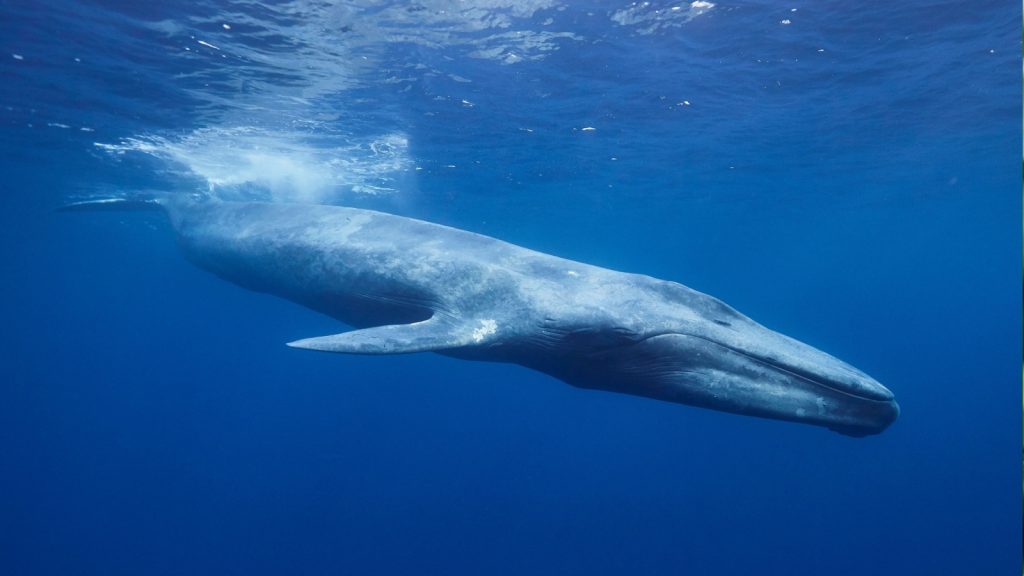
Blue whales have an impressive lifespan. They can live for 80 to 90 years in the wild. Some scientists believe they might even live over 100 years, but it’s difficult to determine exact ages for these ocean giants.
They’re Fast For Their Size
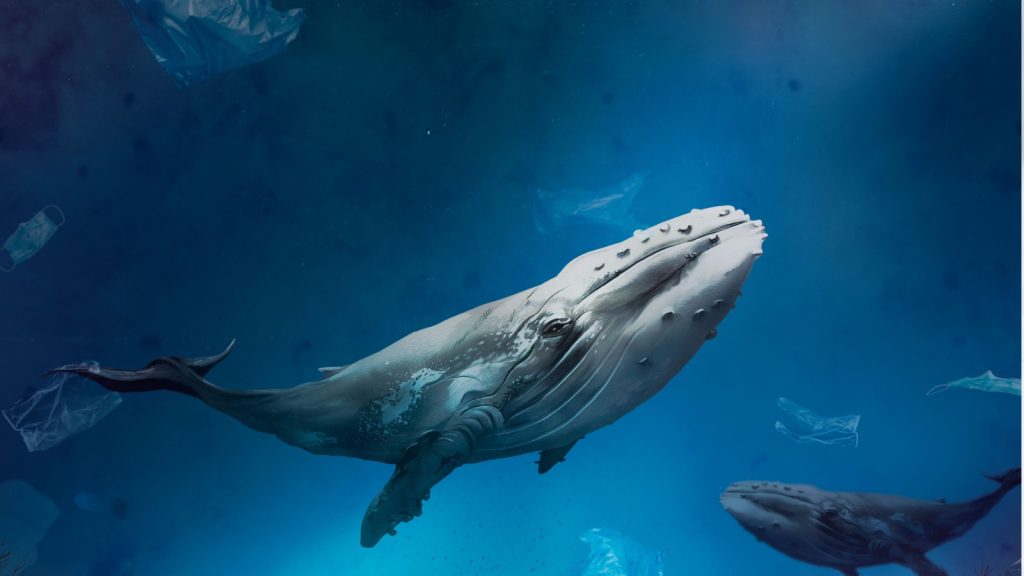
Despite their enormous size, blue whales can swim surprisingly fast. They typically cruise at about 5 miles per hour, but can reach speeds of over 20 miles per hour in short bursts. This speed helps them escape predators and travel long distances.
They Don’t Have Teeth
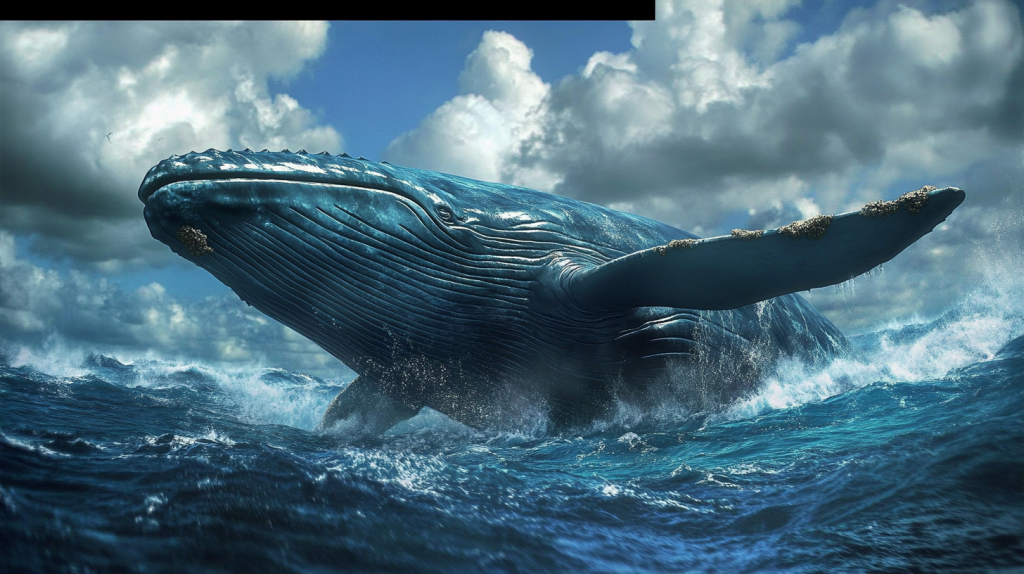
Blue whales, like other baleen whales, don’t have teeth. Instead, they have baleen plates in their mouths. These plates are made of keratin, the same protein that makes up our hair and nails. They use these plates to filter their food from the water.
They’re Found In All Oceans

Blue whales can be found in all of the world’s oceans. However, they prefer cooler waters and are often seen in polar areas during summer feeding seasons. In winter, they migrate to warmer, tropical waters to breed and give birth.
Their Tails Are As Wide As A Soccer Goal

The tail flukes of a blue whale can be up to 25 feet wide. That’s about the width of a soccer goal! These powerful tails propel the whales through the water and help them dive to great depths.
They Can Hold Their Breath For A Long Time

Blue whales can stay underwater for up to 90 minutes. Their enormous lungs can hold up to 5,000 liters of air – that’s as much as a large tanker truck! This ability allows them to dive deep in search of food.
They Were Almost Hunted To Extinction

Blue whale populations were severely depleted by commercial whaling in the 20th century. It’s estimated that their numbers were reduced by up to 90%. While they’re now protected, blue whales are still considered endangered, with only about 10,000 to 25,000 left in the wild.
They Sleep Vertically

Recent studies have shown that blue whales sometimes sleep in a vertical position. They’ve been observed “standing” upright in the water, slowly sinking down over 15-minute periods before coming back up to breathe. This behavior is still not fully understood by scientists.

